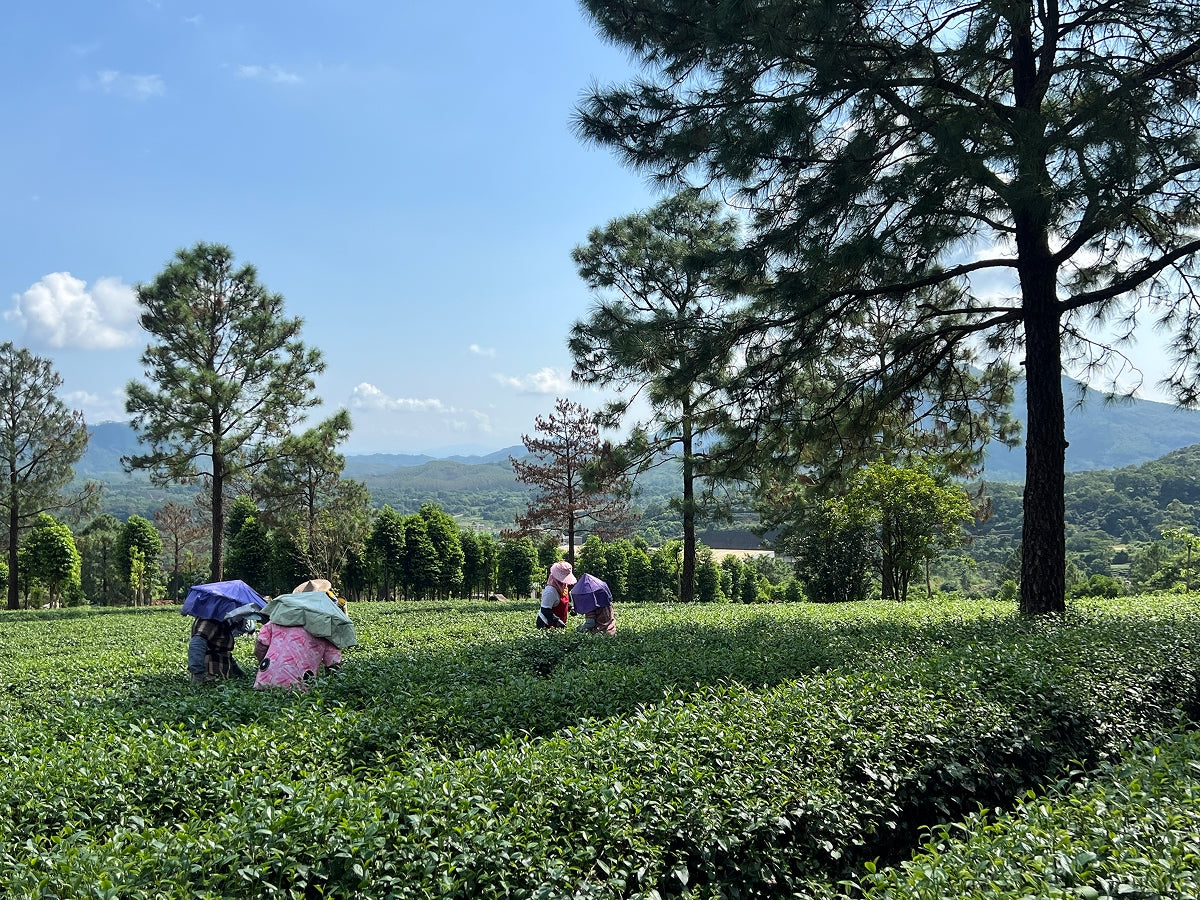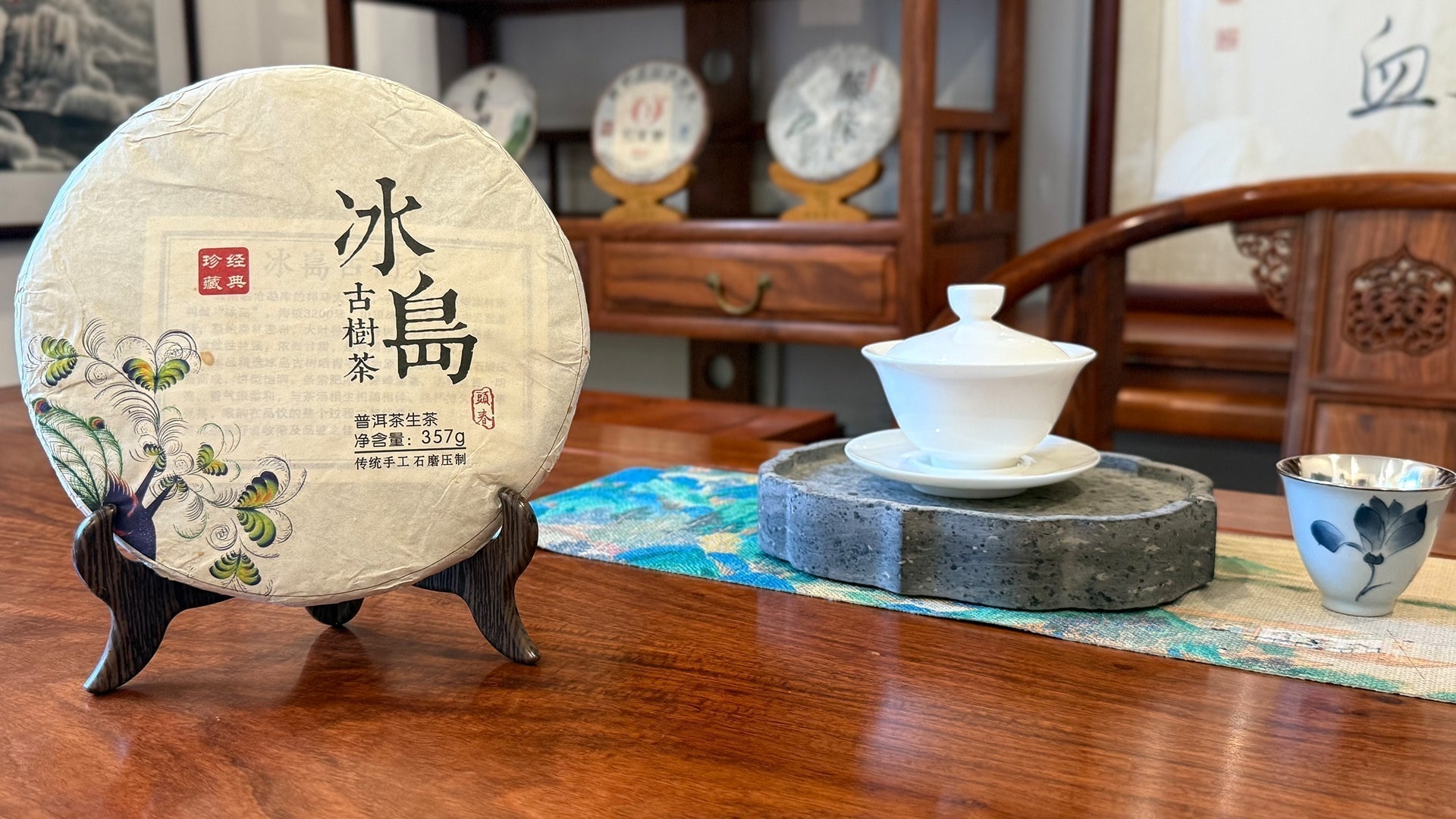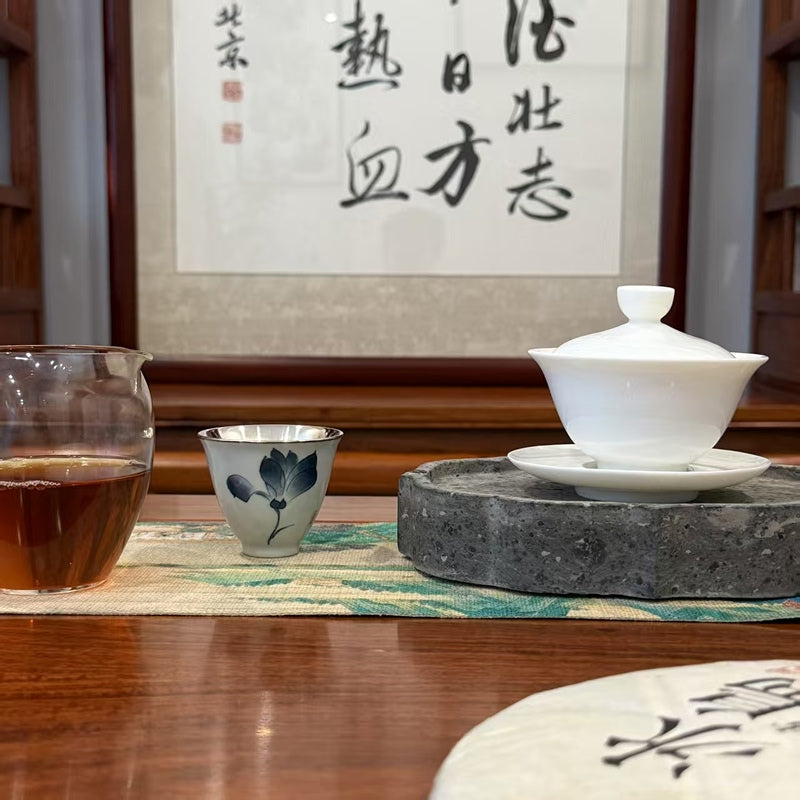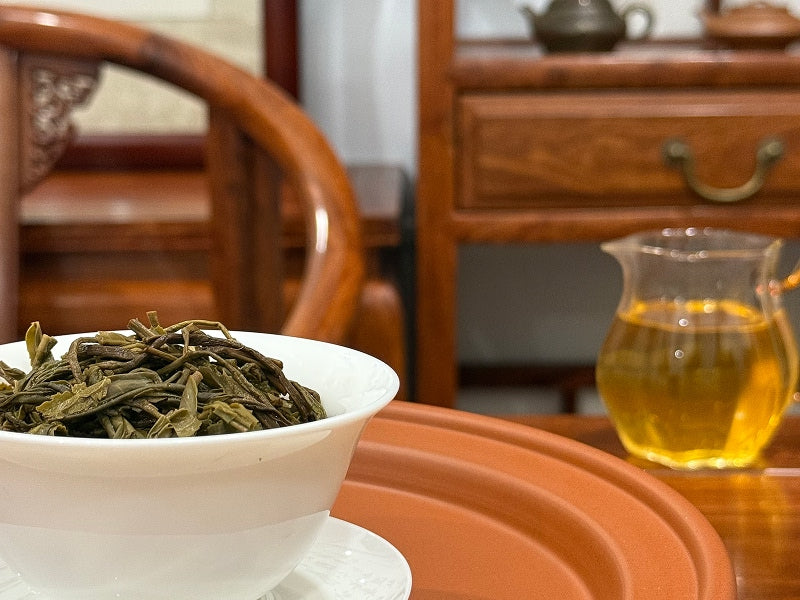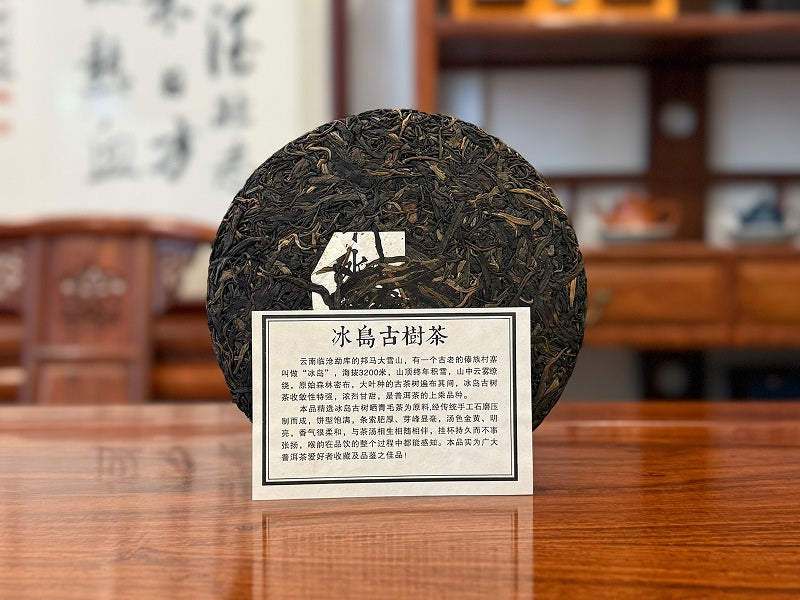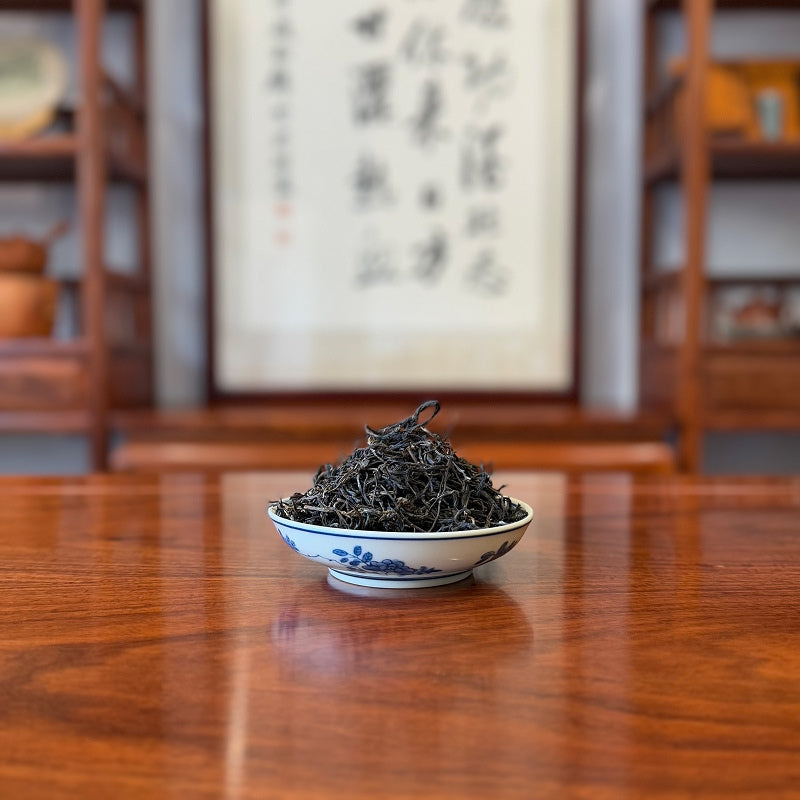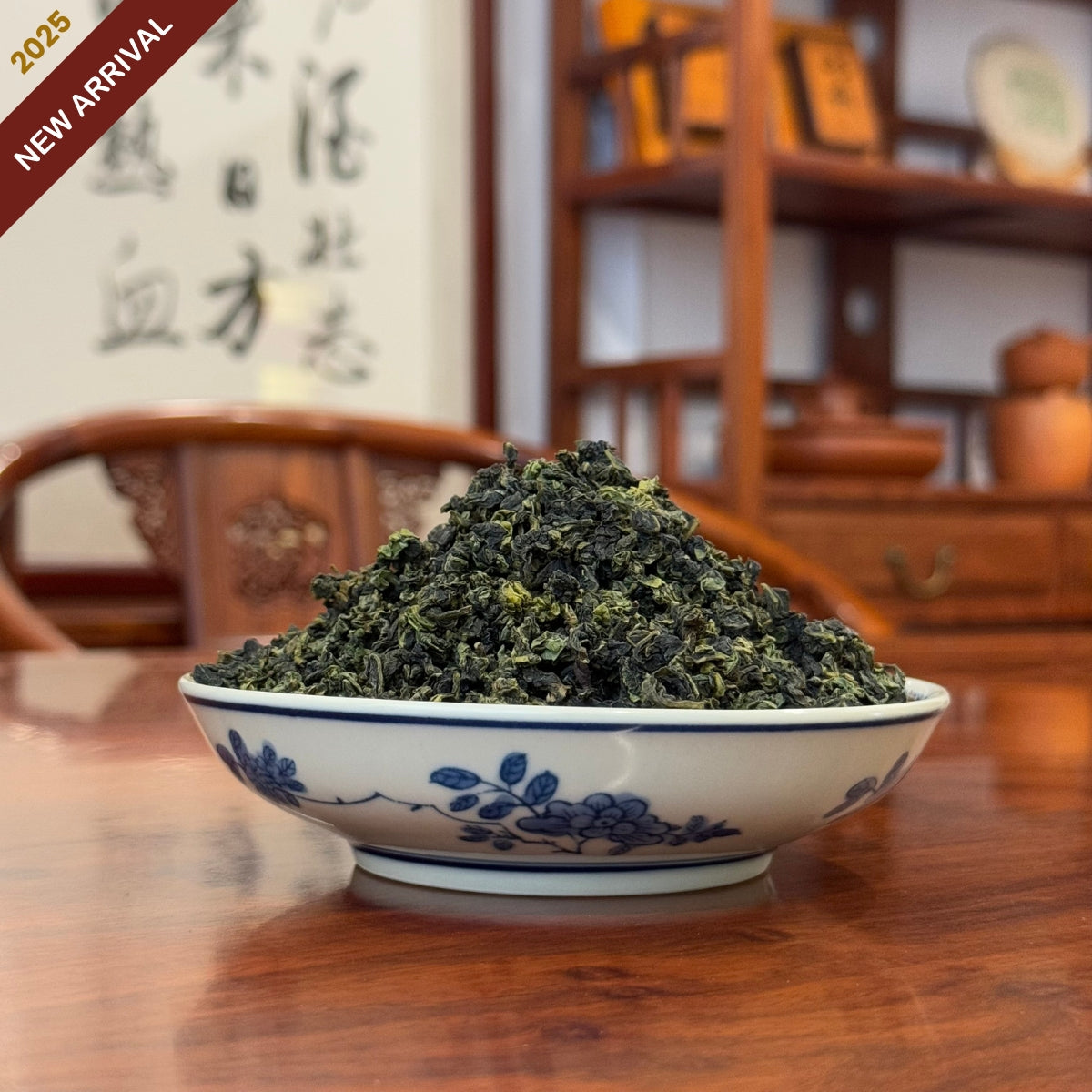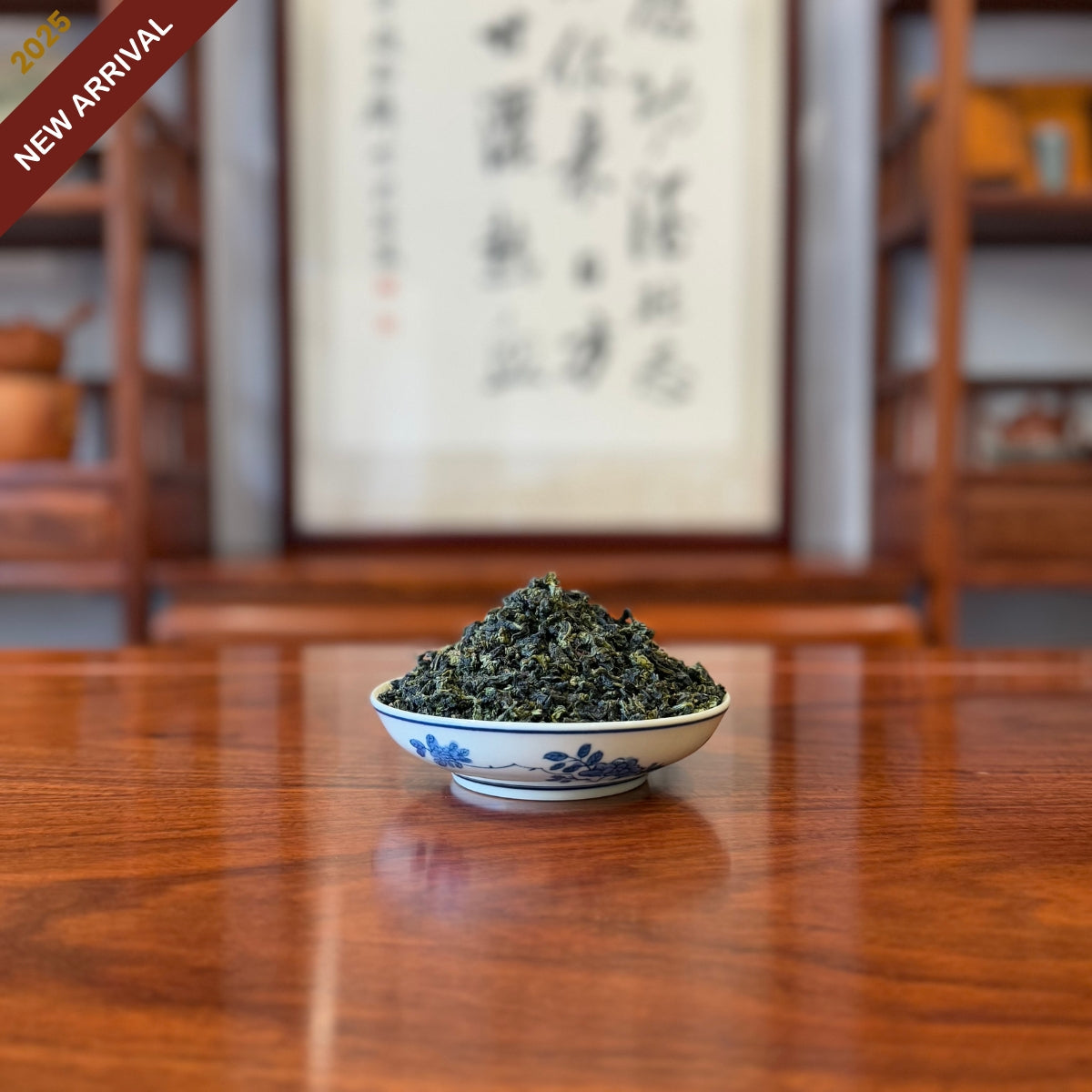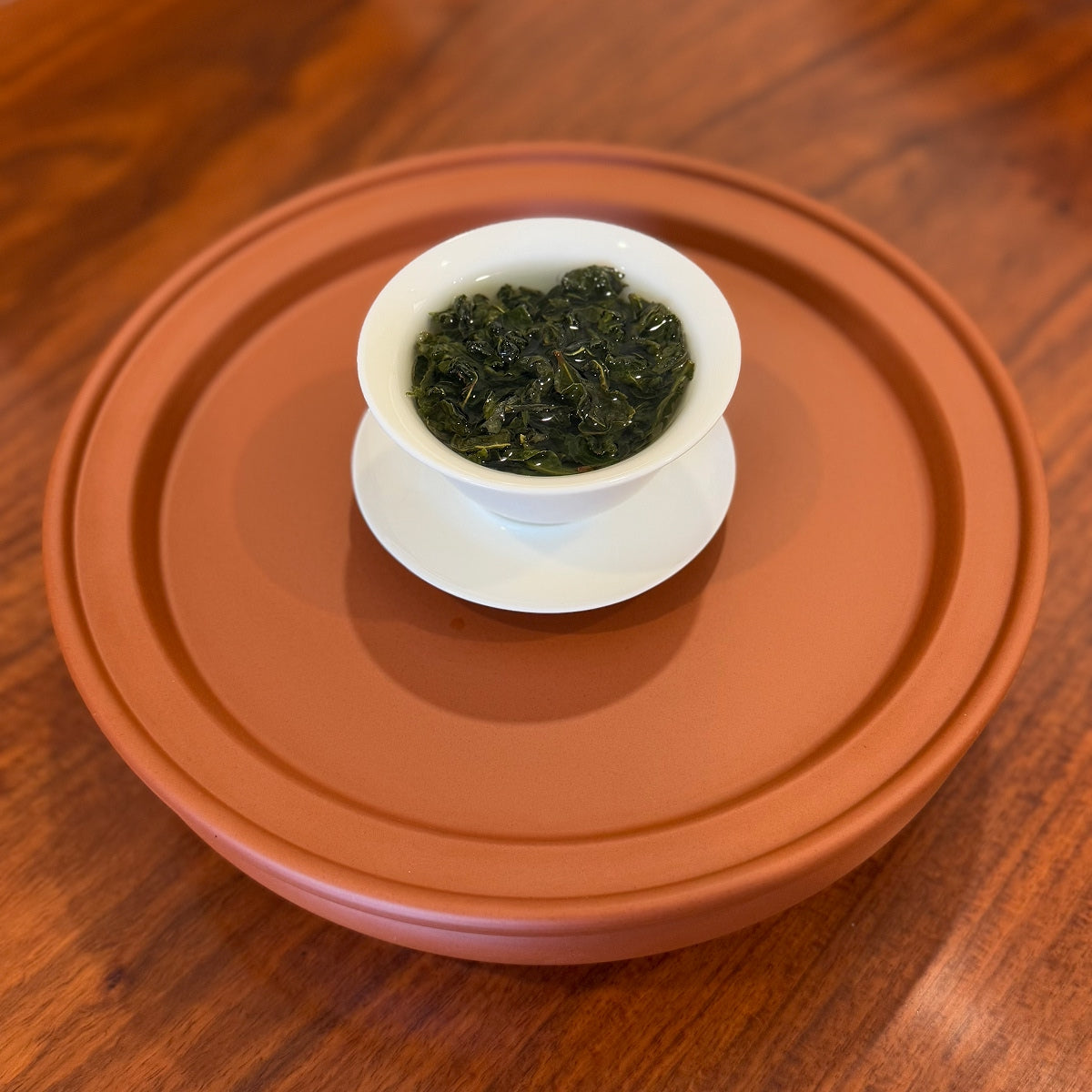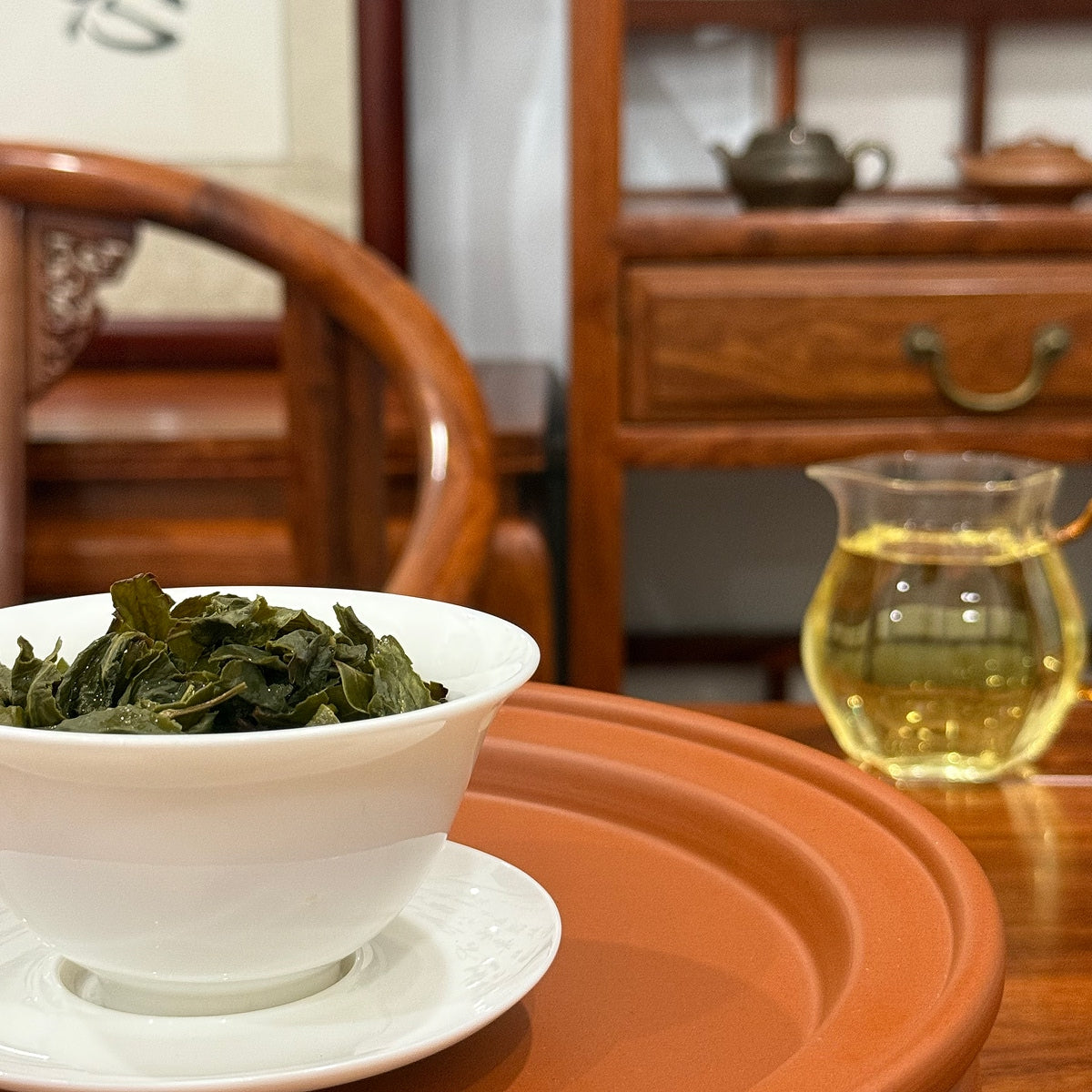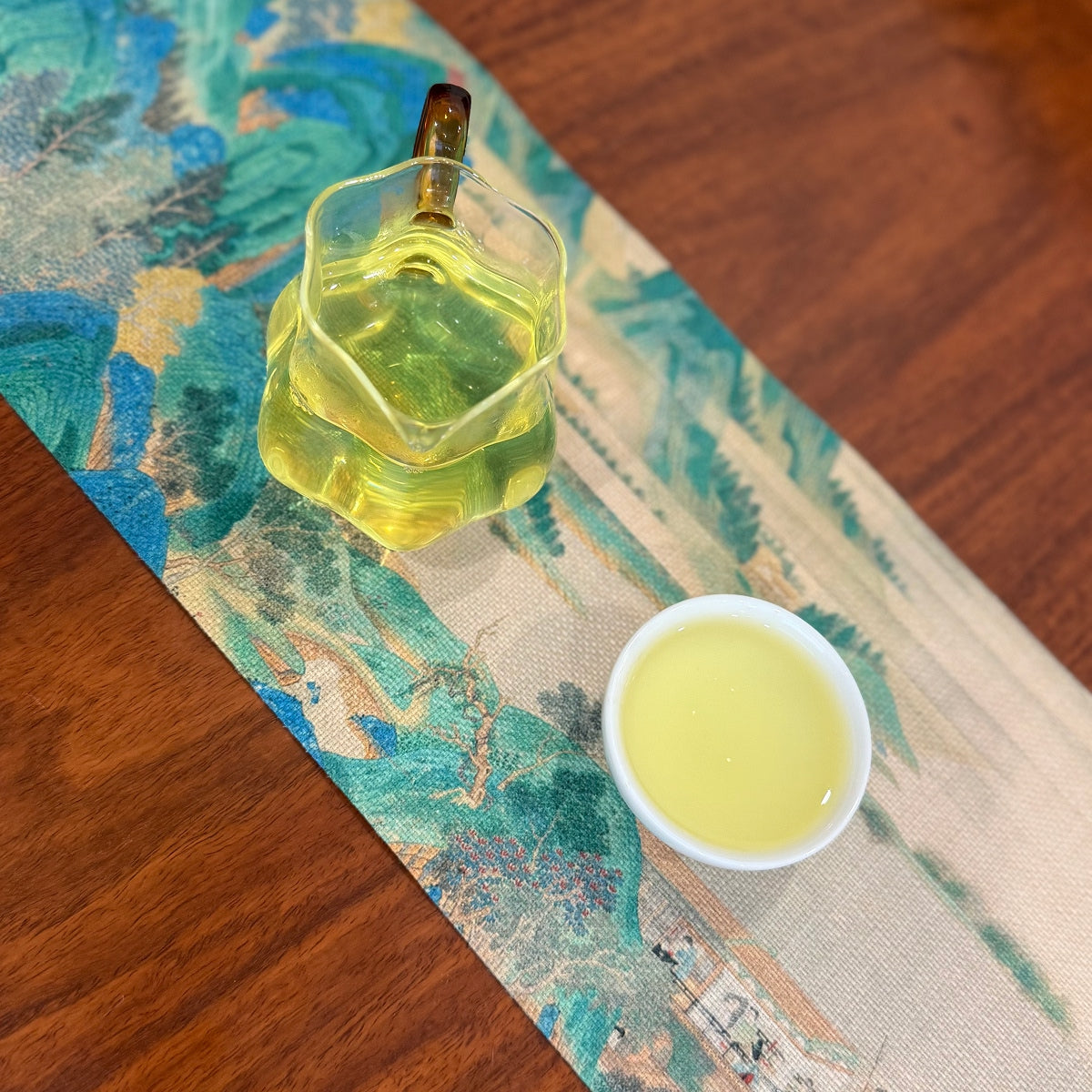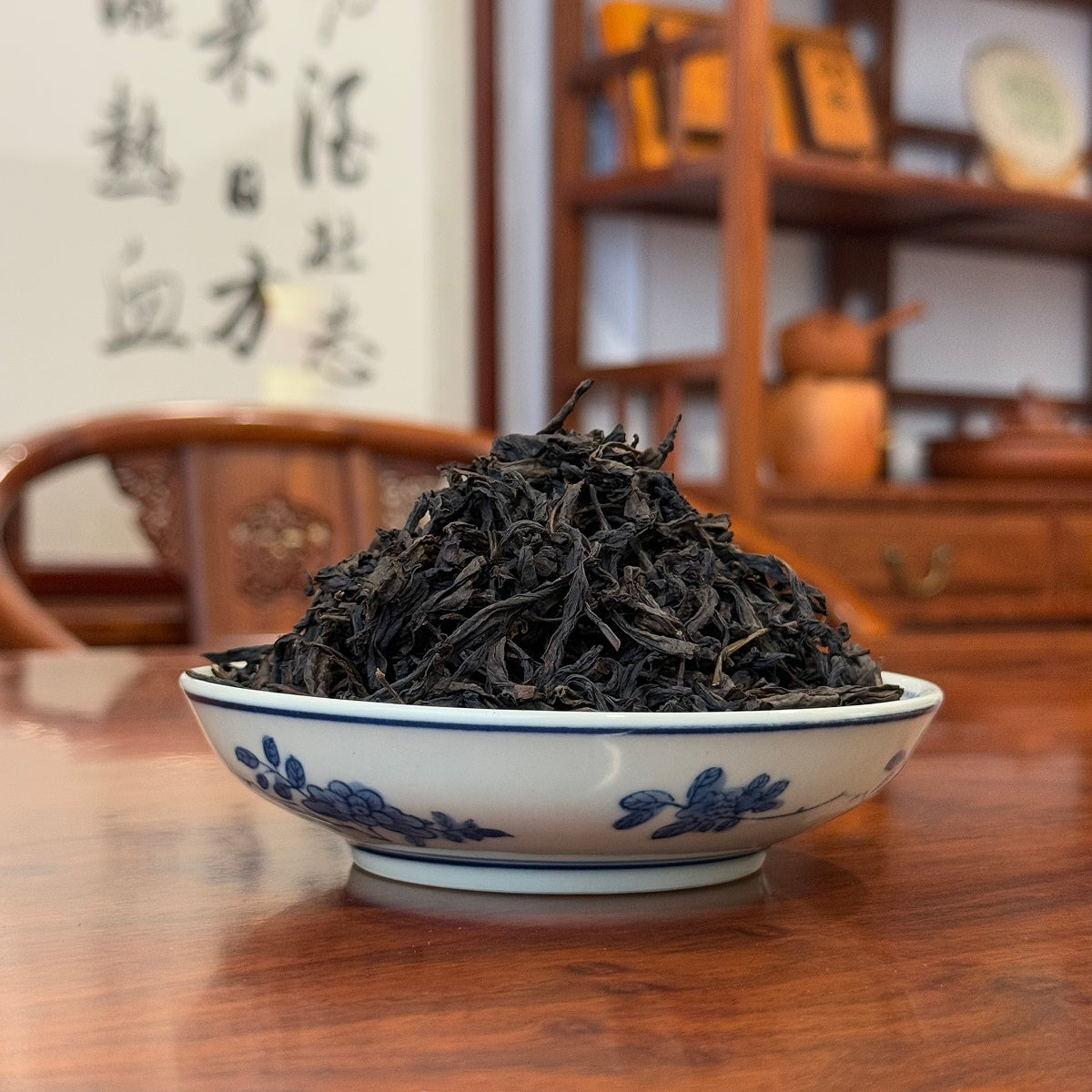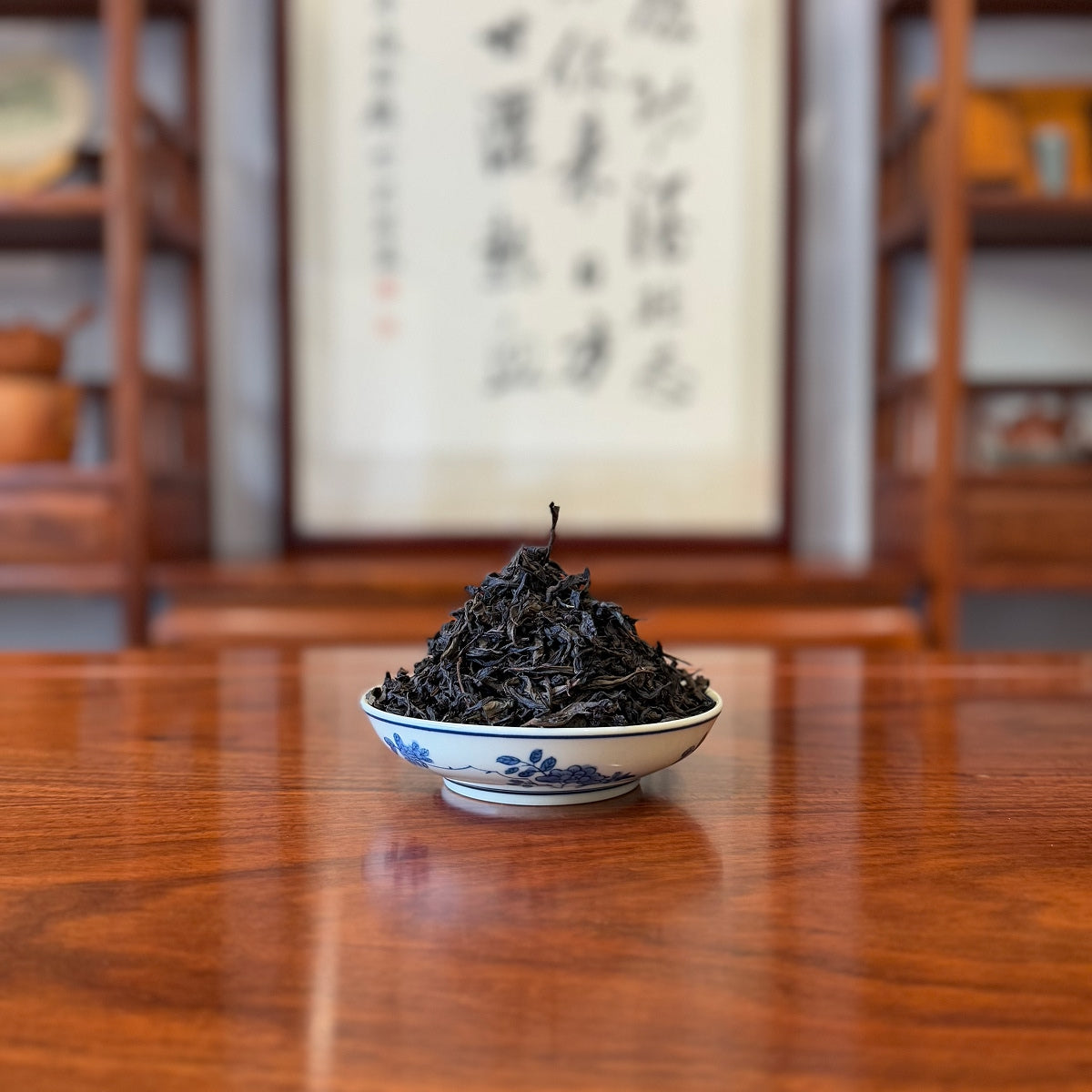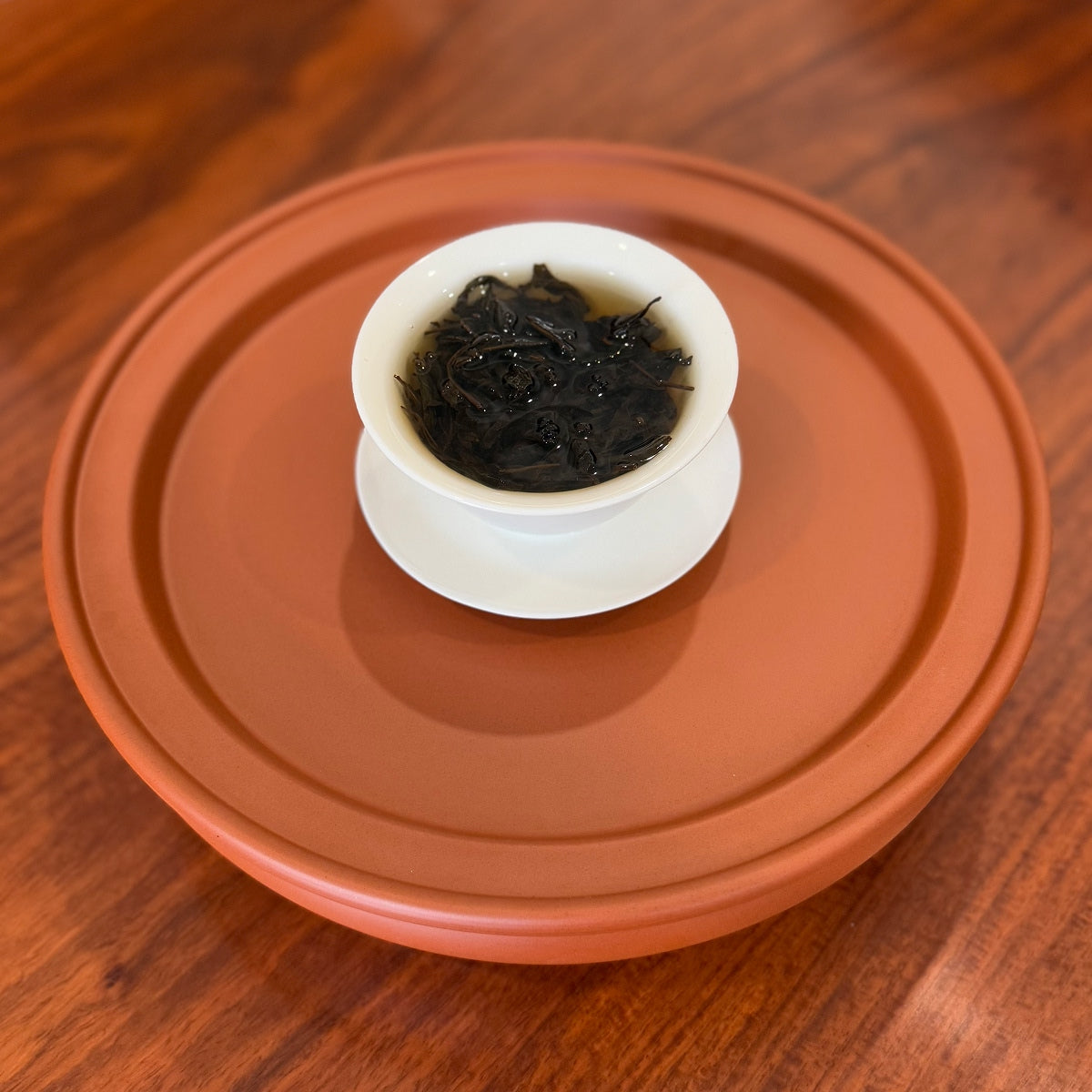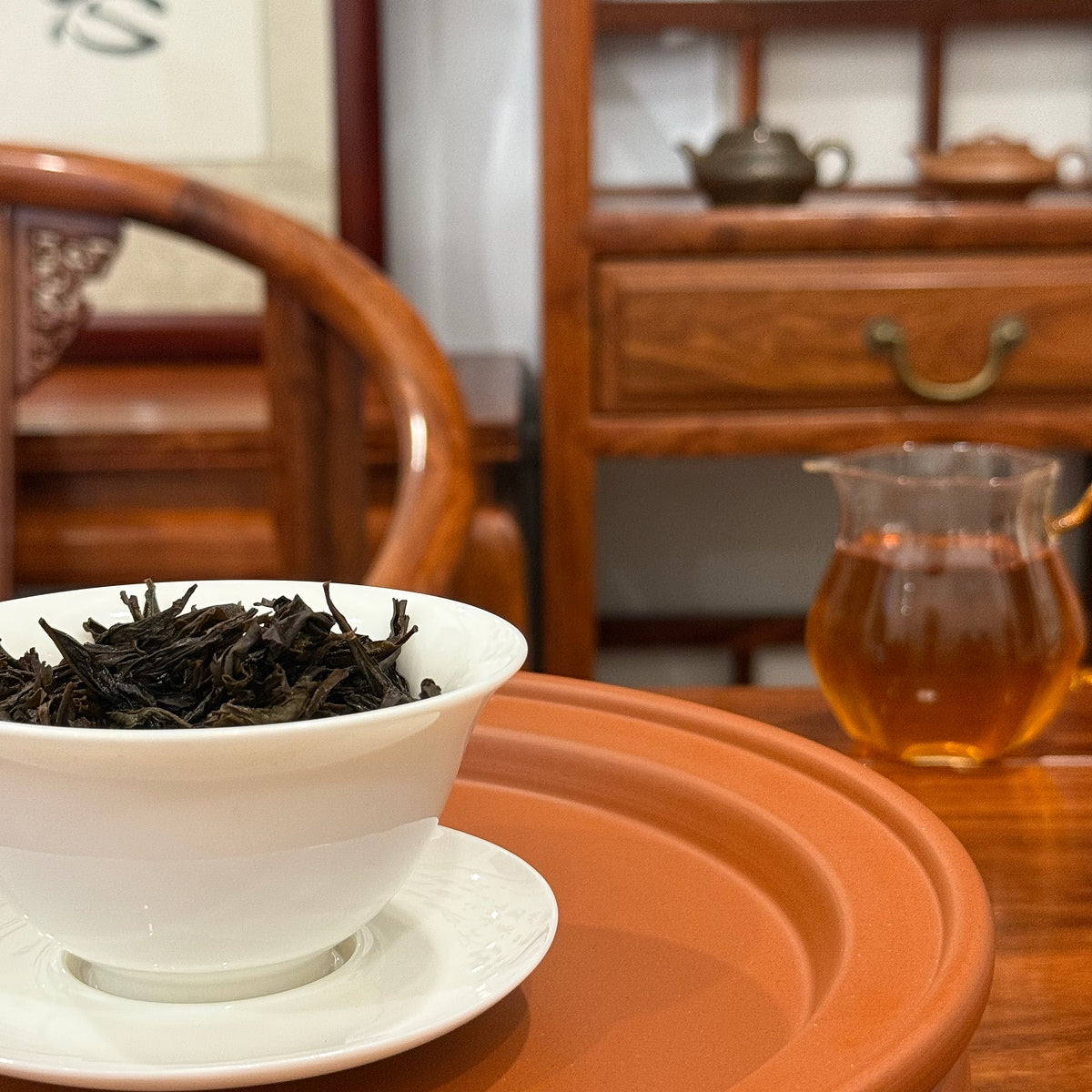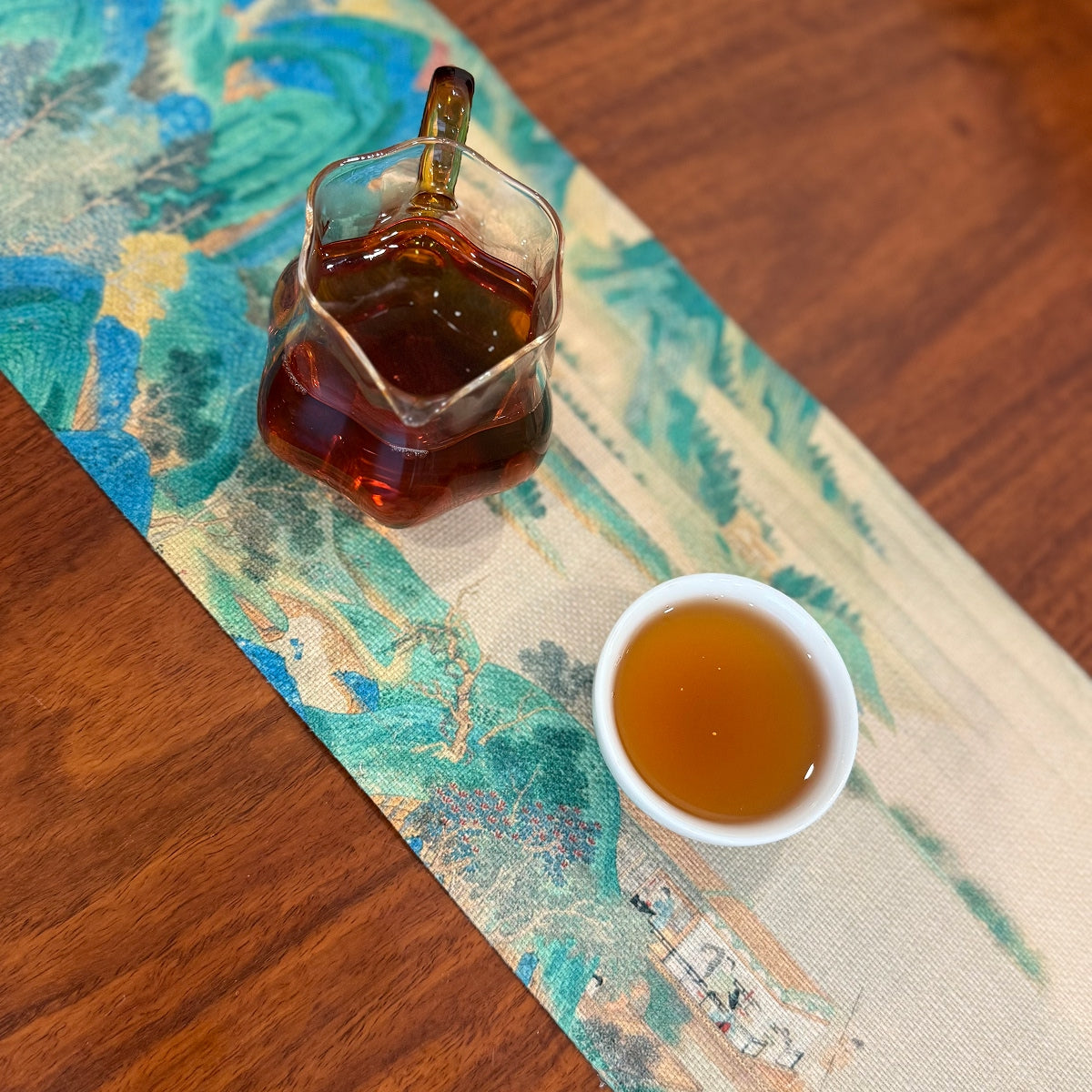Have you ever wondered if you can distinguish the many types of loose-leaf Oolong Tea simply by their visual shapes?
Especially when shopping online or browsing physical stores, facing rows of dry tea photos or various samples, it can be confusing to judge their true varieties and origins.

This guide will start with the classification of oolong tea by appearance, teaching you a practical method: how to quickly identify tea types and regional characteristics by observing tea leaf shapes.
This will not only improve your tea-tasting eye but also help you recognize and weed out false claims and marketing gimmicks that do not match the true origin and craftsmanship before the tea touches your lips.
When choosing oolong loose tea leaves, paying attention to the leaf shape and color is essential to ensure authenticity and quality.

Whether you are a seasoned tea lover or a beginner just getting started with oolong tea, this guide will provide you with deeper knowledge and clearer directions for selection.
If you want a systematic understanding of the world of oolong tea, we invite you to explore our core topic: Chinese Oolong Tea: The Ultimate Guide to China’s Legendary Brew
which covers these key subjects:
- Core regions of Oolong Tea Leaves
- Formation Mechanisms of Oolong Tea Flavor
- Key factors that determine Oolong Tea prices
- How overseas tea lovers can buy authentic Oolong Tea online
- Visual features of Oolong Tea by region
Visual Differences of Oolong Tea Leaves from Major Producing Regions

Now, let's start with the visual appearance to dive into the dry leaf shape differences of oolong tea from four major production areas: Northern Fujian (Minbei Oolong), Southern Fujian (Minnan Oolong), Eastern Guangdong Chaozhou (Phoenix Oolong), and Taiwan High Mountain Oolong.
By these appearance features, we will identify their category styles and regional characteristics one by one.
Northern Fujian (Minbei Oolong) – Wuyi Rock Tea

Representative region: Wuyi Mountains
Appearance features
- Thick, robust strips, wide leaves, flattened shape
- Dark and glossy with some grayish-brown hues
- Heavily roasted rock tea often shows an oily luster and a heavy texture visually
Flavor characteristics
- Strong roasted aroma with a unique "rock rhyme" (Yanyun), a mineral and rugged sensation
- Full-bodied, astringent, and heavy mouthfeel, often called "rock, bone, and floral fragrance."
Southern Fujian (Minnan Oolong) – Tieguanyin

Representative region: Anxi
Appearance features
- Tight, curled strips, appearing roughly ball-shaped but shaped like "dragonfly heads and frog legs"
- Dark green with brownish tint, granular, and heavier dry leaves
Flavor characteristics
- The highly aromatic Tieguanyin features typical orchid or fresh floral scents, strong but not overwhelming
- Sweet, fresh, and crisp taste with notable fruity acidity and a sweet aftertaste
- The light roast type is smooth; the heavy roast type shows richer, ripe aroma and depth.
Eastern Guangdong Chaozhou (Phoenix Oolong) – Phoenix Dancong

Representative region: Phoenix Mountain, Chaozhou
Appearance features
- Thin, long strips, mostly semi-curled, sometimes resembling bird claws
- Loose and natural appearance, dark green with gray-white down hairs
Flavor characteristics
- Extremely diverse aroma profiles: honey orchid, yellow branch, osmanthus, etc., known as a "garden of fragrance"
- Rich tea soup layers, strong throat resonance, suitable for multiple infusions
- Some premium Dancong teas feature distinct ripe fruit or honey aromas
Taiwan High Mountain Oolong

Representative regions: Alishan, Lishan, Shanlinxi, and other Taiwan high mountain tea areas
Appearance features
- Tight ball shape, uniform granules, bright green or dark green with blue highlights
- Stems often remain in the dry leaves, an important source of unique flavor
Flavor characteristics
- Fragrant, fresh, with orchid, milky, or light fruity aromas
- Smooth, sweet, clear, bright soup color with a lasting sweet aftertaste
- Often mistaken for Anxi Tieguanyin due to a similar shape, but the flavor is fresher and lighter
Master Oolong Tea Visual Features, Boost Your Buying Confidence

For a deeper understanding and to expand your knowledge about oolong tea, please check out our core guide: Chinese Oolong Tea Guide.
By observing the dry leaf shapes, you have learned a quick method to identify different regions and styles.
From the rock-bone floral strips of Northern Fujian, to the tight curled Tieguanyin of Southern Fujian, from the semi-curled strips of Phoenix Mountain Dancong, to the distinctive ball-shaped granules of Taiwan High Mountain tea— Each oolong tea has its unique visual features.
Mastering these visual traits will not only help you confidently choose authentic oolong tea but also enrich your tea-tasting experience.
At a transparent and trustworthy Chinese tea retailer like the Chinese Tea Group, you can trace every step from the source to your cup and safely purchase:
Oolong Tea Selected Product Collection

